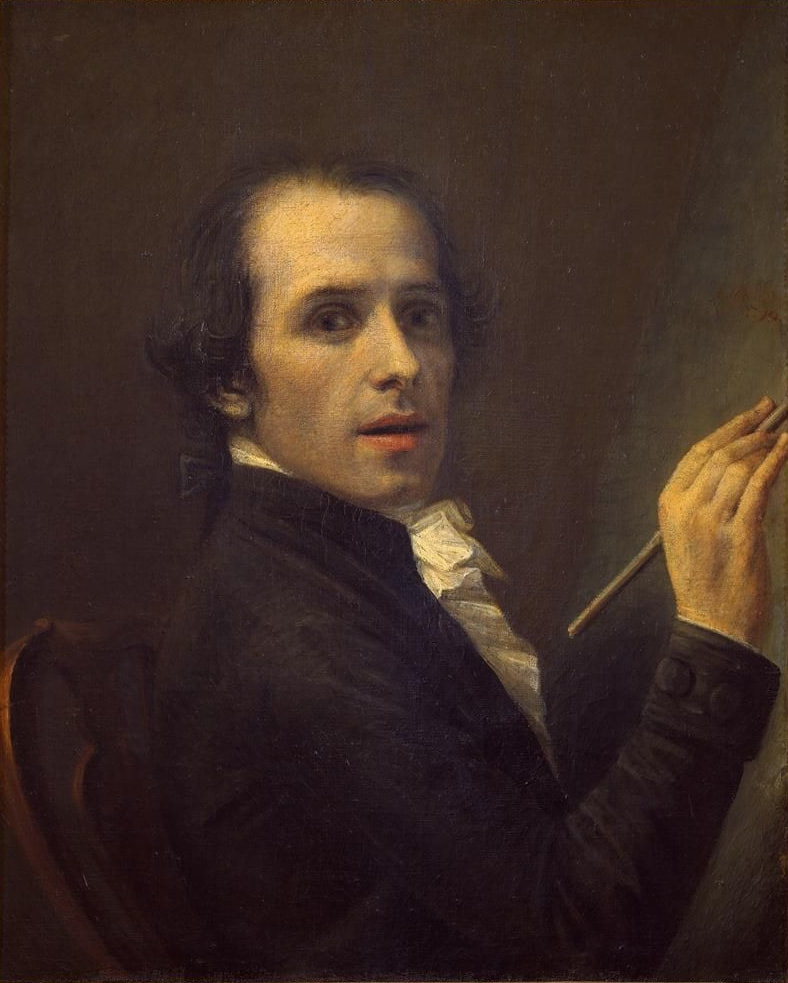
Below, Venus Victrix, by Canova, 1805-08, Borghese Gallery, Rome, 2023. Pauline Bonaparte Borghese, (1780-1825) posed for this sculpture, though accounts vary on whether she was semi-nude or not. Wikipedia and other sources report the possibility that she quipped the studio had a stove and was warm. Please click for larger pictures.
Below, the Museo Canova in Possagno, actually his tomb; right, a plaster cast of Canova's sculpture Napoleon as Mars, the Peacemaker, aka Mars the God of War. (You choose.).
Below, Mars, the original statue Canova made for Napoleon. However, the Emperor did not like it and it sat in the basement of the Louvre until after his defeat at Waterloo. The Prince Regent eventually purchased and presented it to the victorious Duke of Wellington. It stands today in the staircase at Apsley House, the Wellington Museum in London. The floors beneath it had to be reinforced to bear the weight of the ten-foot tall statue.
from Wikipedia: In May 1819, the 6th Duke of Devonshire, on his first trip to Rome, paid a visit to the studio of the most celebrated sculptor of the time, Antonio Canova. He marvelled at what he saw and commissioned a marble statue from Canova, leaving both its size and subject to the sculptor to decide, and paying a deposit in advance. The marble was roughed out by 1822, when Canova asked for a further £1,500. It was completed before his death later that year. It arrived in London the following year and caused a stir when first displayed at Devonshire House in Piccadilly.... In Greek mythology, Endymion was a handsome shepherd boy of Asia Minor, the earthly lover of the moon goddess Selene, and each night he was kissed to sleep by her. She begged the god Zeus to grant him eternal life so she might be able to embrace him forever. Zeus granted her wish and put Endymion into eternal sleep. The highly polished finish on Canova's statue is believed to represent the reflected light of the moon goddess.
Below left, another view of Endymion; right, a closer view of his companion canine.
Right, a second version of the Three Graces is owned jointly and exhibited in turn by the Victoria and Albert Museum and the Scottish National Gallery. John Russell, the 6th Duke of Bedford, visited Canova's studio in Rome in 1814 and had been immensely impressed by a carving of the Graces which Canova produced for the Empress Josephine. When the Empress died in May of the same year, he offered to purchase the completed piece, now in Russia. Undeterred, the Duke commissioned another version for himself. In 1819 it was installed at the Duke's residence in Woburn Abbey. This item is now owned jointly, as indicated above.
Below, left, The Three Graces, in the V&A. Right, a version of three males, in the V&A's exhibition, Fashioning Masculinity in 2022.
I could write on for ages on Canova's brilliant output, his international fame, the urgent pleas made to him for original work, or if necessary, copies. But I will close this blog with a sculpture exhibited in three of the world's most prestigious museums, the Louvre in Paris, the Hermitage in St. Petersburg, and the Metropolitan in New York City.
Wikipedia covers it perfectly: "Psyche Revived by Cupid's Kiss was commissioned in 1787 by Colonel John Campbell. It is regarded as a masterpiece of Neoclassical sculpture, but shows the mythological lovers at a moment of great emotion... the god Cupid in the height of love and tenderness, immediately after awakening the lifeless Psyche with a kiss... Joachim Murat acquired the first or prime version in 1800. After his death the statue entered the Louvre Museum in Paris, France in 1824; Prince Yusupov, a Russian nobleman acquired the 2nd version of the piece from Canova in Rome in 1796, and it later entered the Hermitage... A full-scale model for the 2nd version is in the Met.
Below, the Met's version, a copy in plaster.




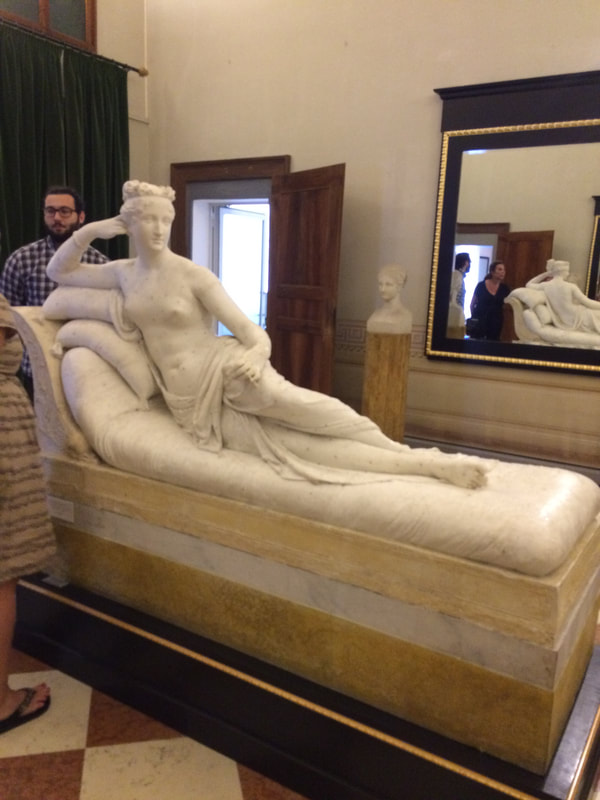
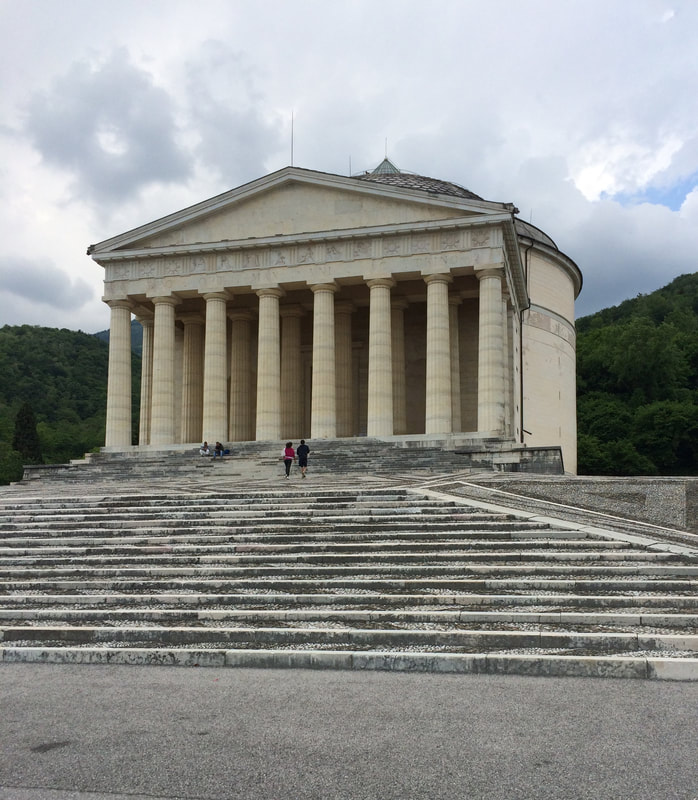
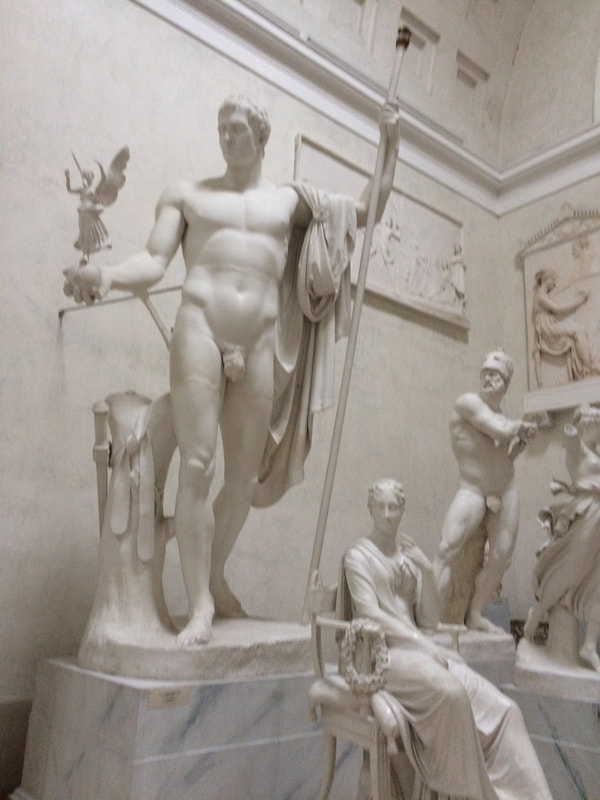




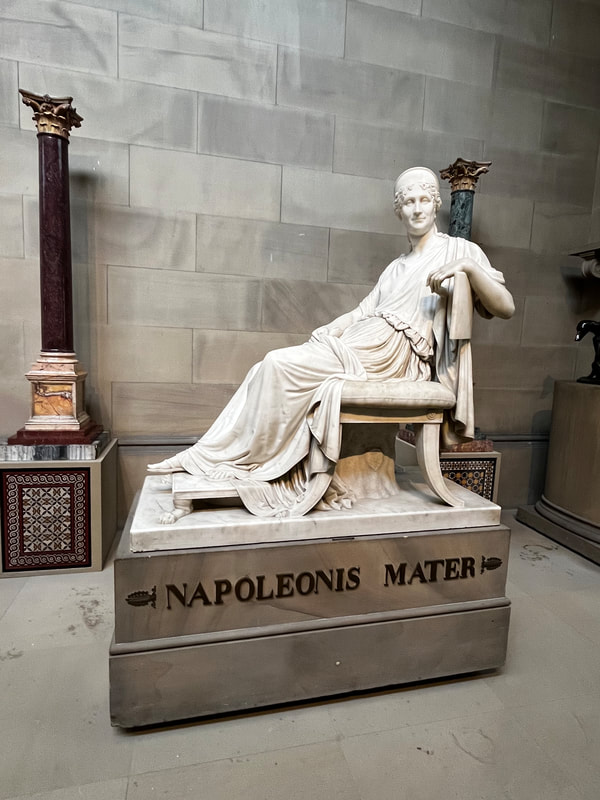

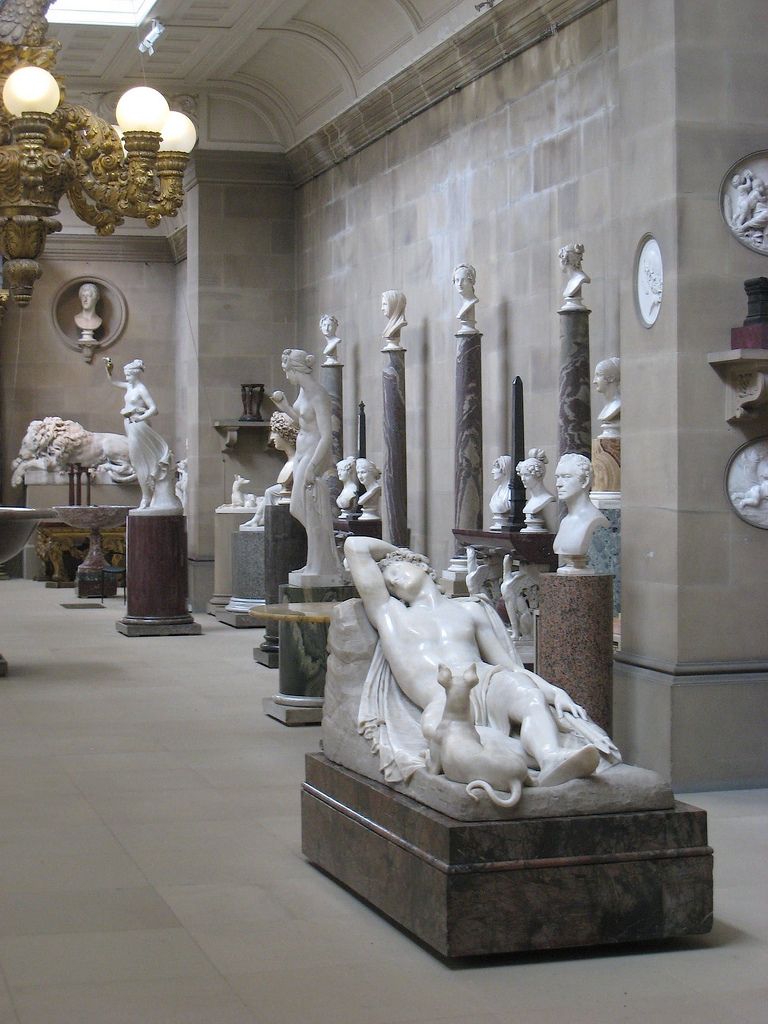
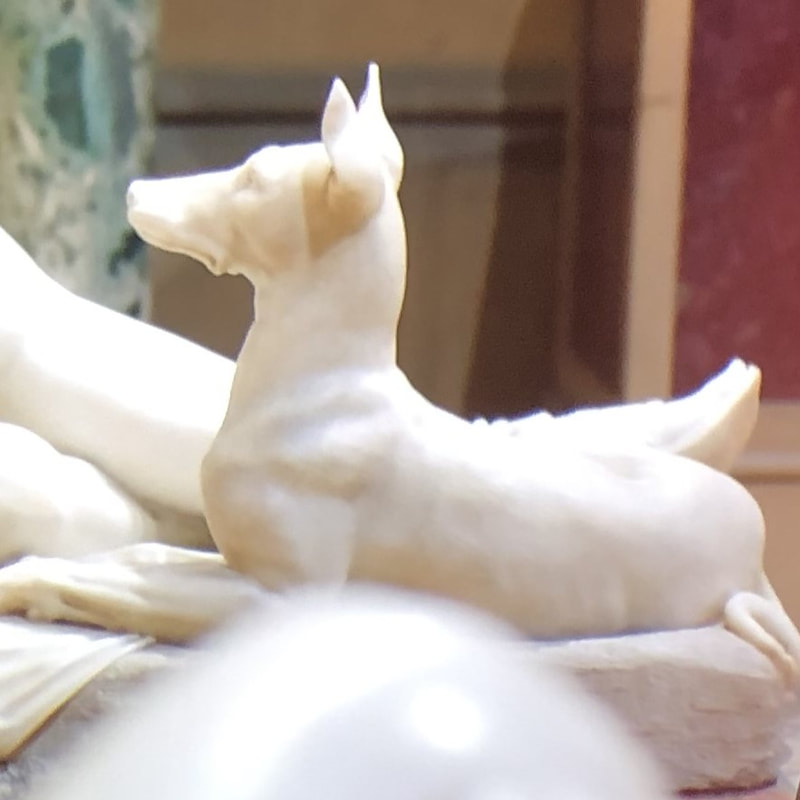

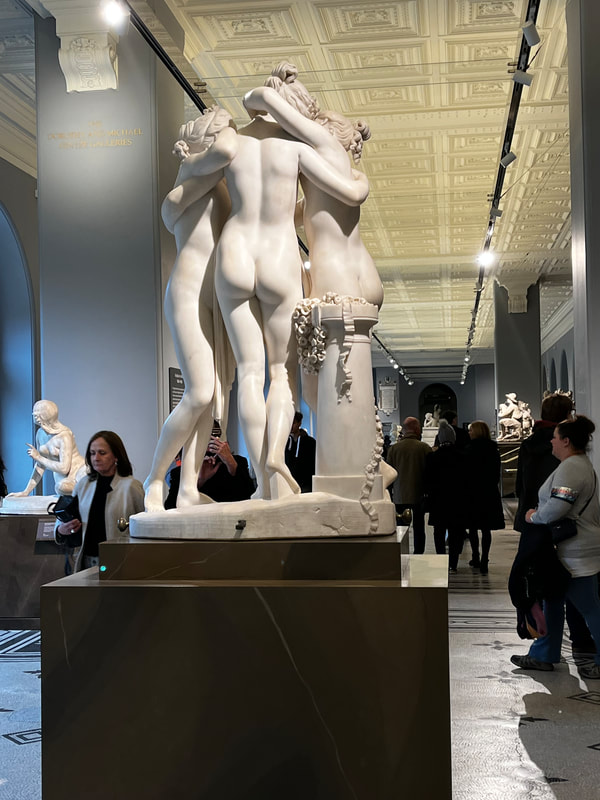
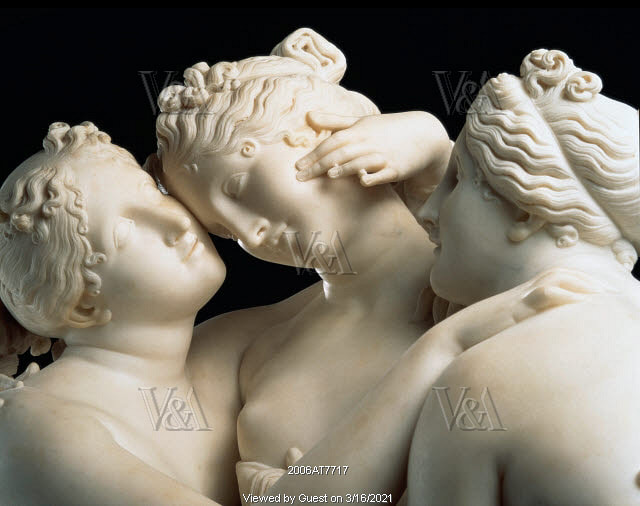

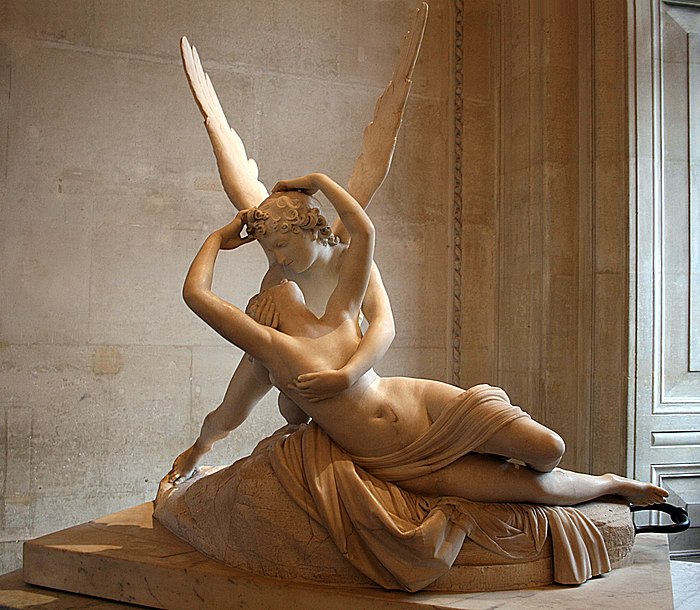


 RSS Feed
RSS Feed